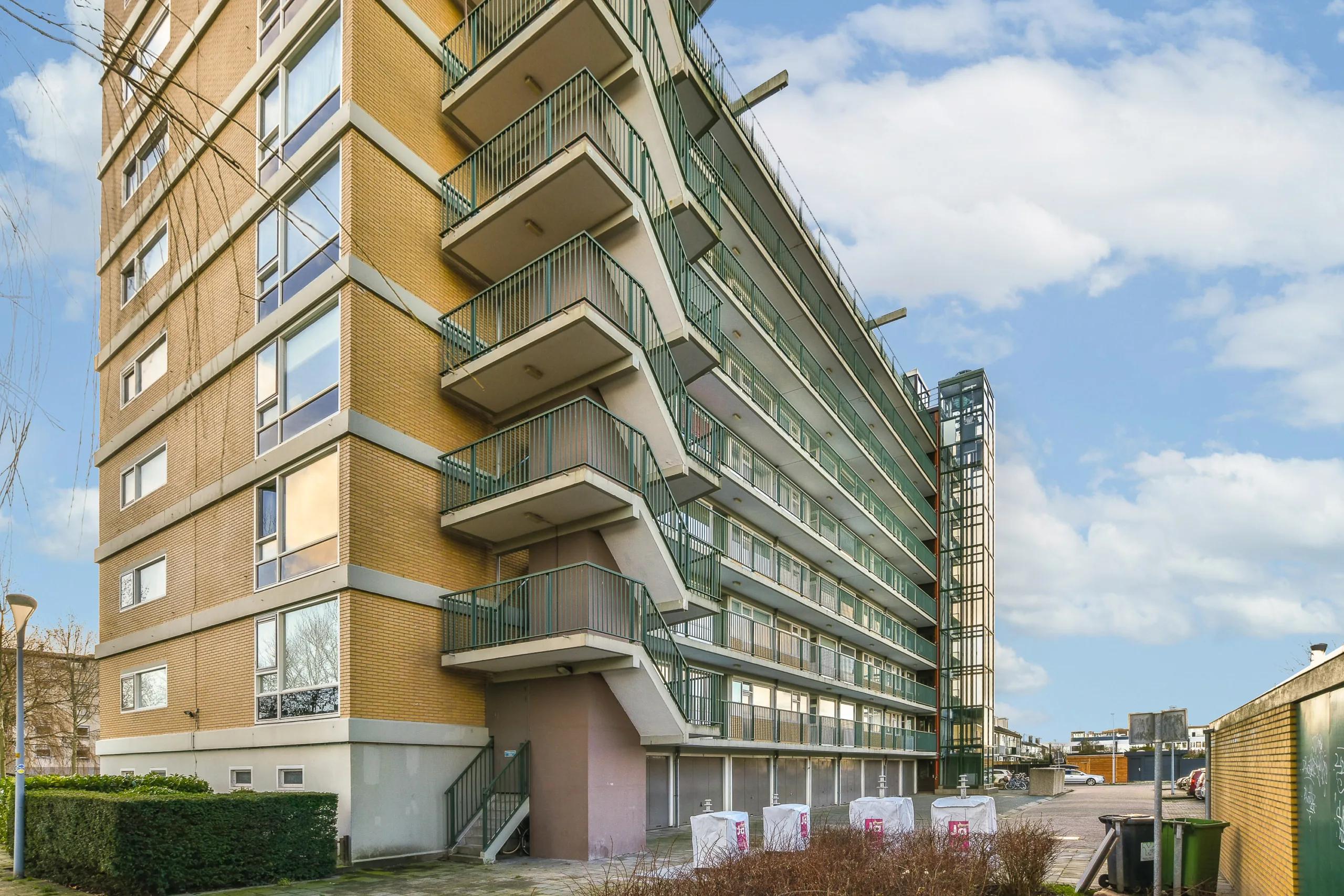- Institutional LPs are retreating from CRE equity investments amid high volatility, favoring safer or more liquid alternatives like private credit, public equities, and fixed income.
- Developers are pushing ahead with projects using more leveraged capital stacks, often accepting higher risk for greater control.
- Despite the LP pullback, rising investment volume and secondary market activity suggest equity capital could return in 2026.
A Shift in Priorities
Institutional limited partners, once active participants in commercial real estate joint ventures, are noticeably absent from the equity side of today’s deals, per Bisnow.
Speaking at Bisnow’s National CRE Finance Conference in NYC, industry insiders said that LPs are reallocating their capital amid heightened uncertainty and competing asset class opportunities.
Drew Fletcher, president of Greystone Capital Advisors, noted a move toward real estate debt strategies instead of traditional LP equity roles. “Sponsors are accepting more leverage in exchange for control and forward momentum,” Fletcher said.
Capital Looks Elsewhere
In the years leading up to the pandemic, LPs increased their real estate exposure as a hedge against inflation and a source of steady yield. But since 2020, that trend has reversed. High interest rates, valuation resets, and stalled transactions have made CRE less appealing compared to surging equities and booming private credit.
Private credit, in particular, has become a major draw. With over $20B raised for CRE-targeted private debt funds in 2025 alone, it’s on pace to be the second-strongest year ever for the sector, behind only 2021.
Get Smarter about what matters in CRE
Stay ahead of trends in commercial real estate with CRE Daily – the free newsletter delivering everything you need to start your day in just 5-minutes
Deals Still Happen
Developers aren’t waiting for LPs to return. Instead, they’re adjusting capital stacks, often taking on higher levels of debt or turning to alternative lenders. While risk has increased, so has developer control.
David Hochfelder, Chief Investment Officer at Naftali Group, emphasized that deals are still getting done. “The ratio of debt to equity is higher, but the deals generally still get done,” he said.
Alternative lenders are gaining market share, now accounting for 34% of loan closings in Q2 2025, per CBRE. Debt funds led the charge with an 89% quarter-over-quarter increase in activity.
Signs of a Comeback
While LP equity is down, it’s not out. Several speakers noted that institutional investors are showing renewed interest as investment activity rebounds. CBRE data shows a 13% year-over-year increase in investment volume in Q2 2025, with debt financing volumes up 40% over the same period.
Some LPs are also positioning themselves for reinvestment by selling off legacy assets. The secondary market for institutional real estate saw a record $162B in transaction volume in 2024, and nearly 40% of LPs said they plan to offload assets soon.
Looking Ahead
The CRE capital landscape continues to evolve. While LPs may have pivoted away from equity, for now, industry veterans expect a return.
“When the market turns, capital will rush back to real estate,” said Peter Lewis of Wharton Equity Partners. “Cycles change. The long-term investors know that.”
As liquidity returns and valuations stabilize, LPs may find their way back to the capital stack. Until then, developers are adapting, and capital is still flowing, just from new directions.


















